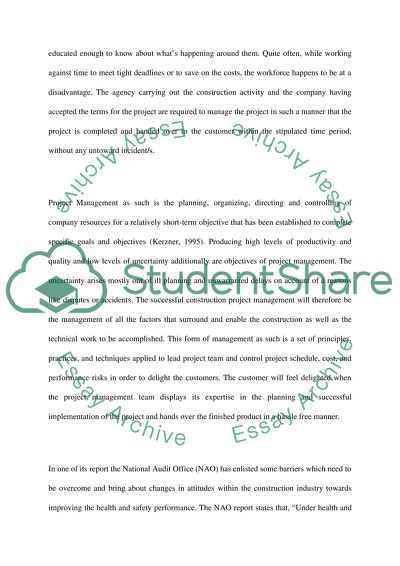Cite this document
(“Health and Safety in the Construction Industry Essay”, n.d.)
Health and Safety in the Construction Industry Essay. Retrieved from https://studentshare.org/miscellaneous/1501813-health-and-safety-in-the-construction-industry
Health and Safety in the Construction Industry Essay. Retrieved from https://studentshare.org/miscellaneous/1501813-health-and-safety-in-the-construction-industry
(Health and Safety in the Construction Industry Essay)
Health and Safety in the Construction Industry Essay. https://studentshare.org/miscellaneous/1501813-health-and-safety-in-the-construction-industry.
Health and Safety in the Construction Industry Essay. https://studentshare.org/miscellaneous/1501813-health-and-safety-in-the-construction-industry.
“Health and Safety in the Construction Industry Essay”, n.d. https://studentshare.org/miscellaneous/1501813-health-and-safety-in-the-construction-industry.


